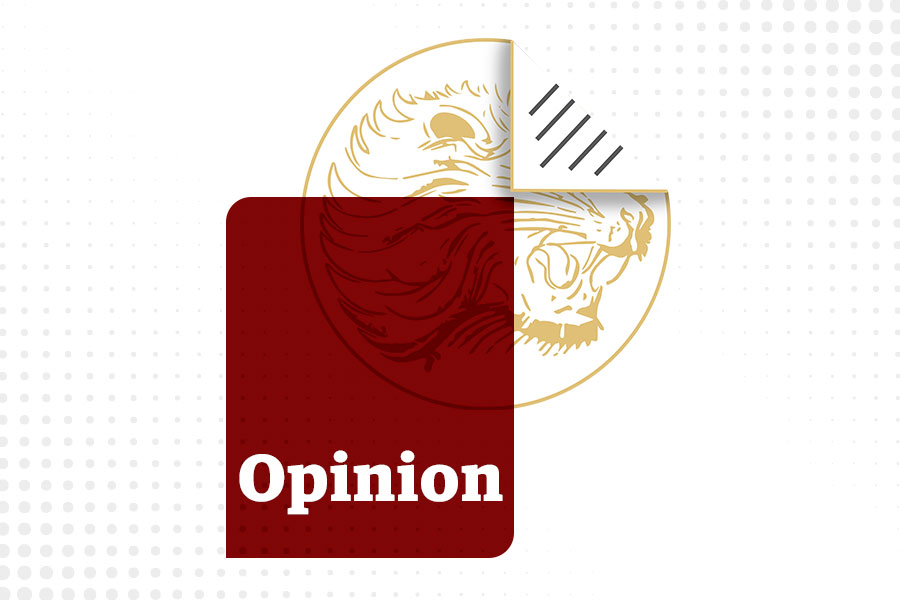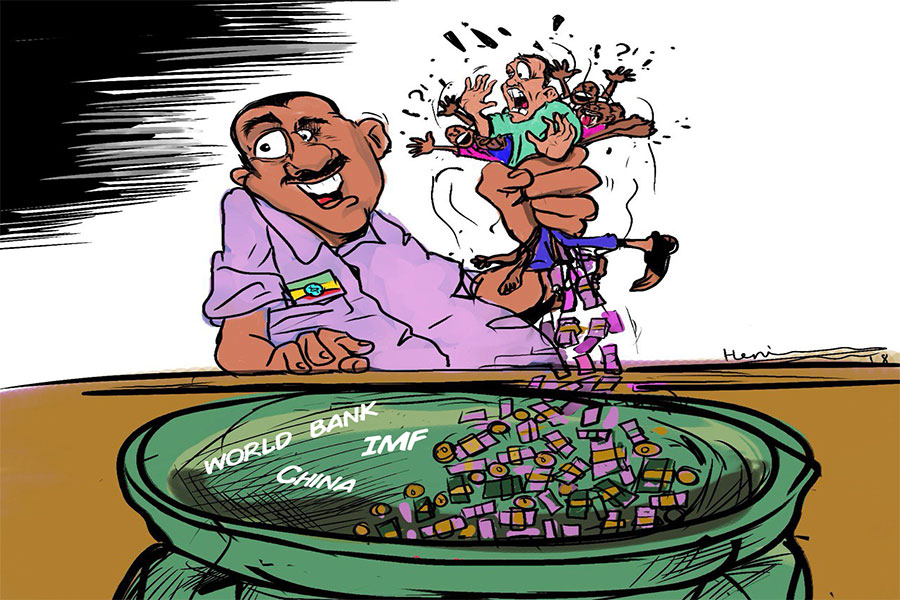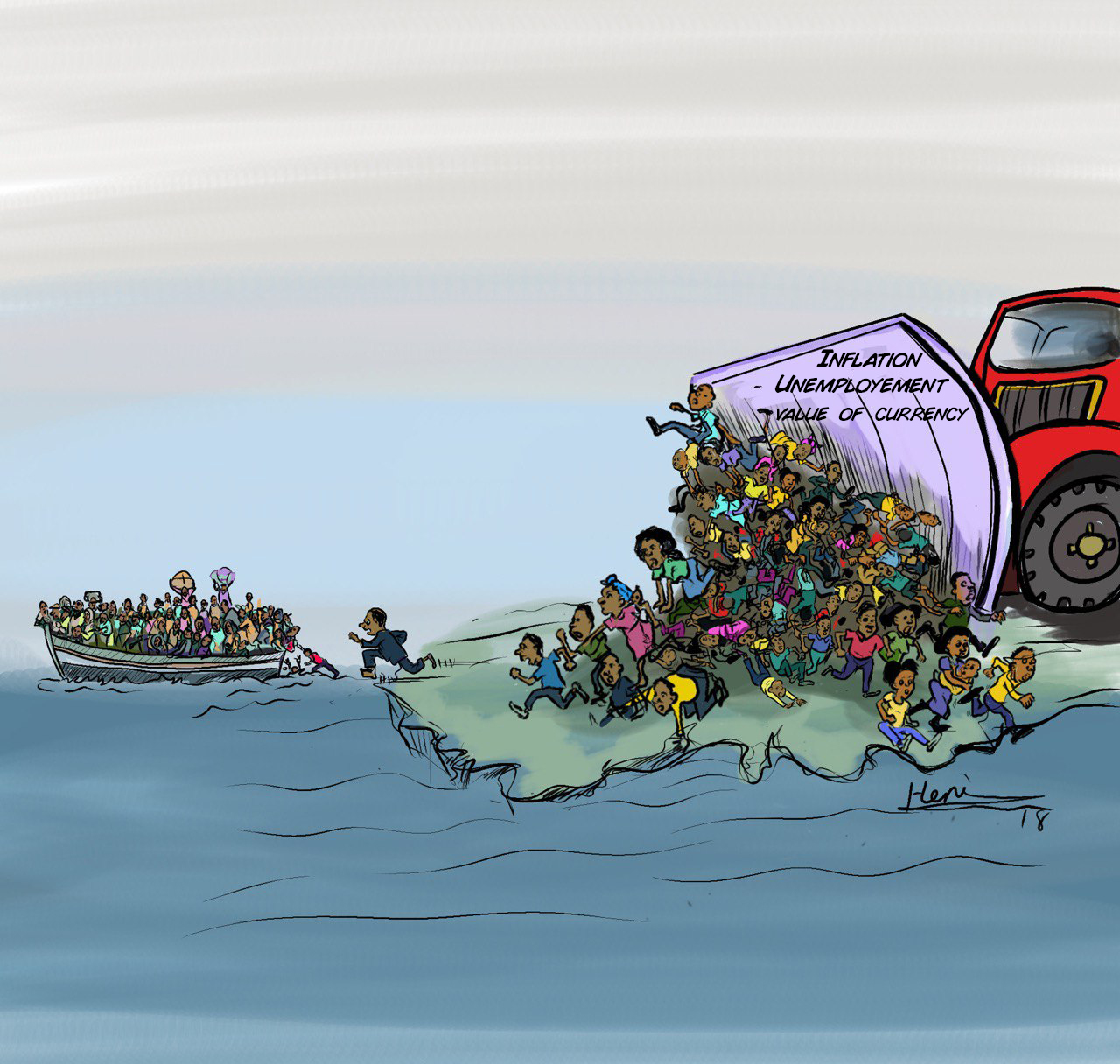
Photo Gallery | 180399 Views | May 06,2019
Oct 25 , 2025. By Mikiyas Mulugeta (PhD) ( Mikiyas Mulugeta (PhD) (mikiusc2017@gmail.com) is a consultant and director of training and development programs at the Centre for African Leadership Studies (CALS) and XHub-Addis. )
Ethiopia’s debt saga is less a tale of insolvency than of synchronisation. Aligning its reforms with market expectations and narrating that alignment convincingly can restore access to the very funds needed to fuel its export strategy. Failure to do so would leave transformative projects waiting at the station while capital boards elsewhere, argued Mikiyas Mulugeta (PhD) - mikiusc2017@gmail.com - an independent consultant and analyst.
Ethiopia’s Eurobond negotiations have stalled, and the setback illustrates how global lenders now demand tangible proof of reform rather than declarations of intent. Federal government officials responsible for these talks walked into them this year armed with encouraging headlines, including record exports of 8.3 billion dollars, an improving budget balance, and an IMF program promising tighter monetary policy.
Nonetheless, they are left facing a wall of scepticism from creditors who prize predictability over ambition. The rejected plan called for a 15pc to 18pc haircut on the country’s sole one billion dollars Eurobond maturing in late 2024, and a “Value Recovery Instrument” that might have compensated investors if growth outperformed. Bondholders baulked, not because the numbers were shocking, but because the path to repayment still looked hazy.
The pushback demonstrated how much frontier-market deals now depend on governance, data transparency, and execution speed. Investors accept that Ethiopia's leaders intend to continue spending heavily on industrial corridors, agro-processing parks, and renewable energy. What they do not accept is fuzzy disclosure when foreign-exchange reserves are thin and routine debt reports arrive late. Markets operate on delivery, not declarations.
Any gap between local reform timelines and external expectations becomes a credibility trap, and Addis Abeba has fallen into it. Officials trying to retool a state-led growth model while maintaining political calm face the narrowest of confidence windows. History shows how quickly that window can slam shut.
Zambia spent three years arguing with creditors before sealing a restructuring in 2023 that imposed a roughly 35pc nominal haircut and lowered coupons on three billion dollars of Eurobonds. The sticking point was opacity around Chinese loans, not an inability to pay. Ghana enjoyed growth above five percent for years, yet a heavy domestic borrowing habit and weak tax collection triggered a 70pc cedi (Ghanaian currency) slide after its 2022 default.
Argentina’s 2020 deal on 65 billion dollars of bonds tells the same story. Grand promises mean little until they translate into consistent policy. Sri Lanka defaulted in 2022 with external debt above 50 billion dollars, undone less by economics than by political turmoil and patchy data. Each case was ultimately a drama of coordination, trust, and communication, not textbook insolvency.
Ethiopia’s balance sheet is healthier by comparison. Debt reached near 41pc of gross domestic product (GDP), well below Ghana’s pre-default 93pc or Zambia’s 120pc peak. The problem is composition. A rising share of non-concessional loans lifts repayment risk as domestic rates climb and the Birr, down almost half in five years, squeezes foreign-currency liabilities. Under the G-20’s Common Framework, Addis Abeba should treat private and official creditors comparably, yet the mechanism remains hobbled by voluntary data sharing.
The creditor mix, including Paris Club members, Gulf funds, and Chinese policy banks, complicates consensus, especially given the continued opacity of Chinese project loans. Until investors see the full debt picture, improved macro indicators will not move price screens.
The IMF-backed program tries to consolidate the budget, tighten liquidity and steer the exchange rate toward flexibility, policy measures most analysts applaud. Yet, enforcement is uneven. Bondholders remember that inflation once spiked past 30pc, that import rationing still impacts factories and that forex auctions often clear far above the official rate. They note that tax revenue lags targets even as planned capital spending stays high.
Policymakers defended the proposed haircut as equitable, citing the need to finance growth, create jobs and preserve social stability. Investors read it as a gamble that future prosperity would compensate present losses without a clear timetable. The Value Recovery Instrument, essentially a warrant tied to output, was meant as a sweetener, but frontier-market funds have grown wary of contingent claims that rely on projections.
The post-2008 era, when low yields pushed money into high-risk corners, is gone. With global policy rates at two-decade highs, capital now hunts certainty. Ethiopia should therefore sell not only a vision but the institutions that will deliver it. There are examples to follow.
Côte d’Ivoire, emerging from conflict a decade ago, compressed Eurobond yields by half from 12pc largely by hitting budget targets and releasing timely data. Egypt, after its 2016 IMF deal, attracted nearly 20 billion dollars in portfolio inflows over two years through predictable monetary policy and open investor calls. Neither country enjoyed concessional write-offs. Credibility was earned by showing work. Ethiopia can do the same by knitting its fiscal plan, industrial strategy and debt dashboard into a single narrative of measurable milestones.
Communication, then, becomes policy. Officials need to publish up-to-date debt figures, including project-linked liabilities, and lay out a quarterly reform schedule that discloses when subsidies shrink, the exchange rate band widens, and banks absorb shocks. They should also be clear about China’s role. Beijing-funded highways and power lines are crucial to Ethiopia’s industrial ambitions, yet that support now raises questions about seniority and repayment terms. Clarifying these details would relieve private holders who fear hidden senior claims.
The federal structure denotes fiscal tightening lands unevenly across regions, while the federal government should still invest in infrastructure to keep growth near the six percent target implied in its development plans. Striking that balance will be hard, but stalling on disclosure or delaying difficult spending choices risks a deeper penalty. A frozen bond market as concessional resources wane, while the federal government cannot fund an export-led transformation solely through multilateral loans forever. It needs market access on sustainable terms.
Policymakers may believe time is on their side because debt metrics appear moderate, yet each month of uncertainty raises risk premia. Ghana’s yields jumped above 30pc months before default, and Zambia’s traded near 20pc while talks dragged. Ethiopia’s bond already trades deep below par, signalling doubts that a deal will be struck before maturity. If the stalemate lingers, the country could face an even larger haircut later, eroding resources needed for those industrial parks and energy corridors.
A smaller upfront coupon cut, clearer fiscal benchmarks, and regular data releases could persuade bondholders to accept maturity extensions without steep principal losses. Parallel talks with official creditors should move in lockstep, ensuring that no single class is left worse off. Above all, the authorities should make credibility a policy deliverable, something as concrete as a power plant coming online or a revenue target met.
Development finance now operates under tougher global rules. Ambition impresses only when matched by demonstrable discipline. Governments that master the art of signalling, by linking reforms to trackable outcomes, can still attract capital, even amid tight monetary conditions. Those who do not risk seeing hard-earned macro gains disappear into a confidence gap.
PUBLISHED ON
Oct 25,2025 [ VOL
26 , NO
1330]

Photo Gallery | 180399 Views | May 06,2019

Photo Gallery | 170600 Views | Apr 26,2019

Photo Gallery | 161644 Views | Oct 06,2021

My Opinion | 137278 Views | Aug 14,2021

Nov 1 , 2025
The National Bank of Ethiopia (NBE) issued a statement two weeks ago that appeared to...

Oct 25 , 2025
The regulatory machinery is on overdrive. In only two years, no fewer than 35 new pro...

Oct 18 , 2025
The political establishment, notably the ruling party and its top brass, has become p...

Oct 11 , 2025
Ladislas Farago, a roving Associated Press (AP) correspondent, arrived in Ethiopia in...